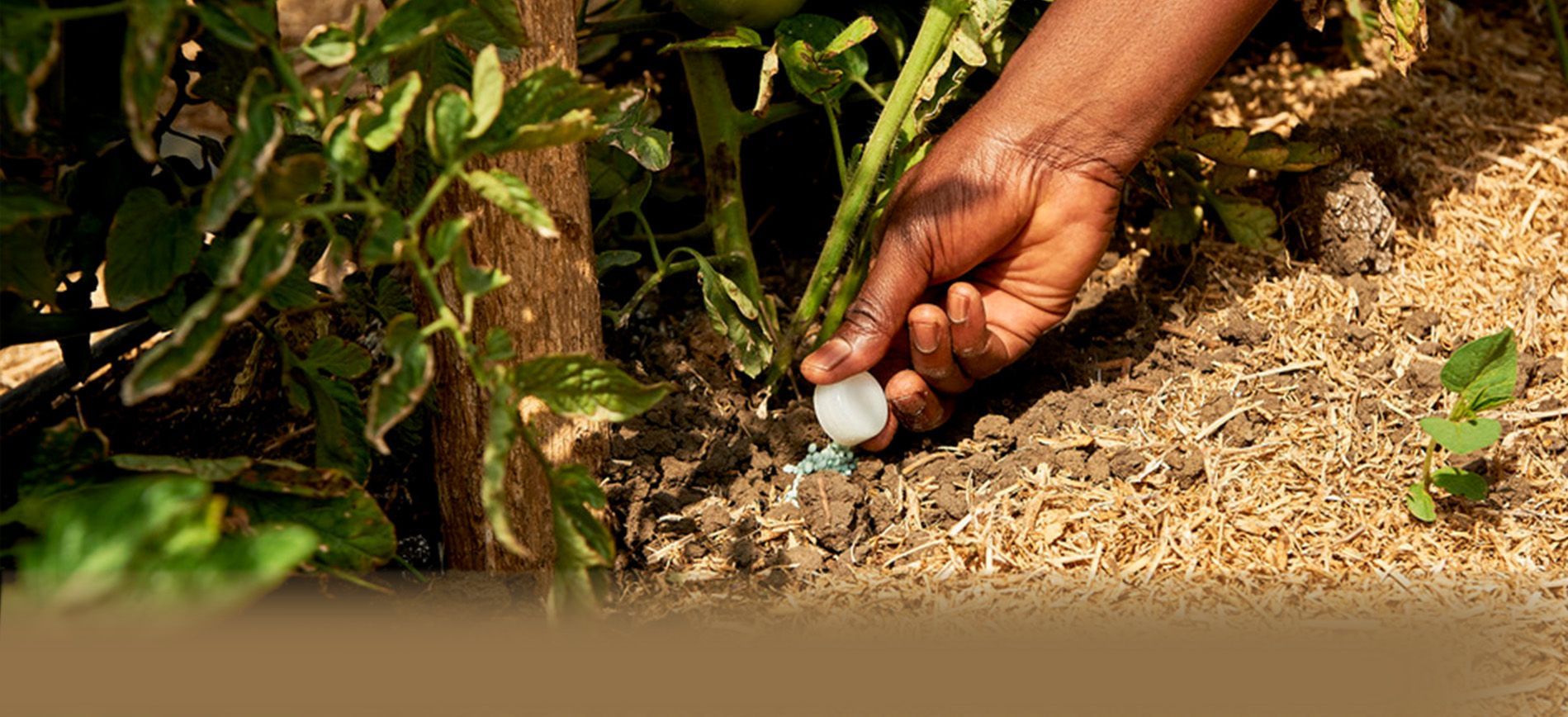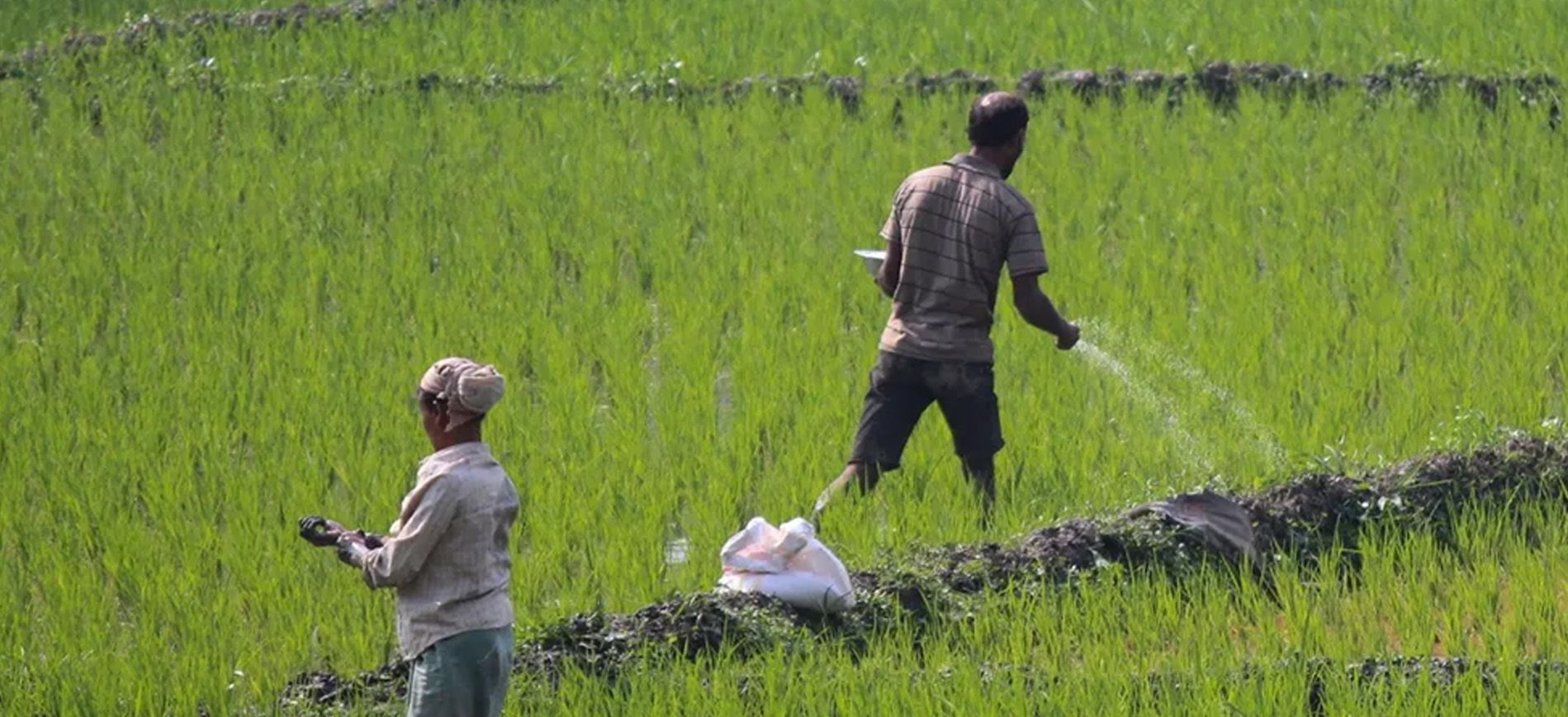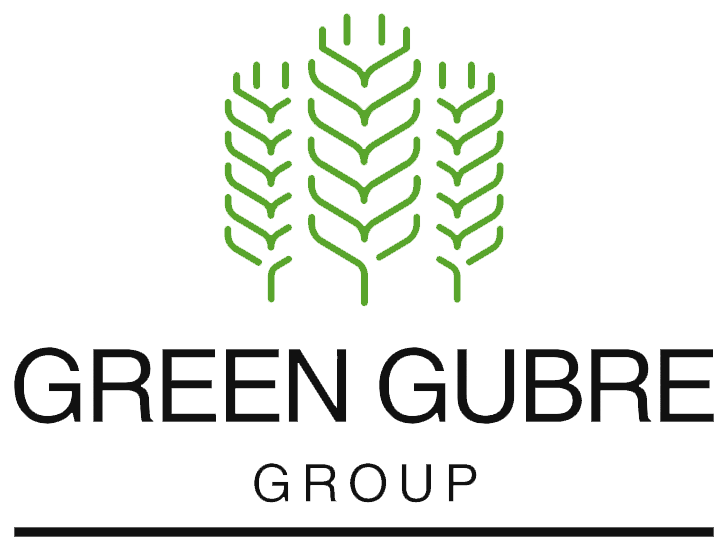Fertilizer Demand in Europe – Driving Food Security Through Sustainable Agriculture
Fertilizer Demand in Europe – Driving Food Security Through Sustainable Agriculture
Europe’s Fertilizer Transition and Its Global Impact
Europe is entering a new era of agriculture—one defined by sustainability, climate resilience, and regulatory transformation. As one of the world’s most influential regions regarding agricultural policy and environmental standards, Europe’s evolving fertilizer demand—including granular urea, prilled urea, and NPK fertilizers—reshapes global trade flows and food security strategies.
This blog explores how Europe’s fertilizer consumption is shifting in response to the
EU Green Deal, a comprehensive plan to make the EU's economy sustainable, and the Carbon Border Adjustment Mechanism (CBAM) regulations, designed to hold imports to the same environmental standards as EU-produced goods. These regulations, along with climate-driven agricultural reforms, are reshaping the fertilizer market and impacting global markets, especially key regions such as
Africa,
Turkey,
China, and
India.

European Fertilizer Market Overview: A Region in Transformation
Europe’s fertilizer market is undergoing profound change. The continent’s agriculture is increasingly shaped by environmental regulation, supply chain shifts, and the need to boost nutrient efficiency.
Regional Fertilizer Use Across Europe:
- Western Europe (France, Germany, Netherlands): There's been a surge in low-emission fertilizers and precision agriculture tools. This shift is driven by nitrogen caps and emissions targets, part of the region's commitment to sustainability and reducing environmental impact.
- Eastern Europe (Poland, Romania, Ukraine): Continued reliance on traditional nitrogen inputs such as urea and ammonium nitrate to support large-scale cereal farming.
- Southern Europe (Spain, Italy, Greece): These countries face
soil degradation and climate stress and show rising demand for
custom NPK blends and
soil-enhancing fertilizers.
Europe’s agroclimatic diversity necessitates a nuanced and tailored fertilizer strategy, making it one of the most complex regional markets in the world. Understanding this complexity is key for anyone operating in or affected by the European fertilizer market.
Demand for Granular Urea and NPK Fertilizers in Europe
Europe’s fertilizer consumption is evolving rapidly, with increasing demand for efficiency-focused and environmentally friendly solutions.
Urea Trends in Europe:
- Granular urea is widely used in mechanized and broad-acre farming due to ease of application and reduced loss.
- Prilled urea maintains a role in greenhouse agriculture and areas requiring rapid solubility.
Growth of NPK Fertilizers:
- Demand is surging in horticulture, vineyards, and high-value crops.
- Customized NPK formulations with micronutrients (e.g., Zn, B, Mn) are gaining popularity.
- Water-soluble and fertigation-ready NPKs are becoming essential in drought-prone areas and controlled-environment farming.
How the EU CBAM Regulation Will Shape Global Fertilizer Trade
The Carbon Border Adjustment Mechanism (CBAM) is Europe’s response to carbon leakage. It is designed to hold imports to the same environmental standards as EU-produced goods, including fertilizers.
What CBAM Means for Fertilizer Exporters:
- Producers in Africa, Turkey, India, and China must prepare for carbon accounting, which involves measuring and reporting the carbon emissions associated with their production processes, and emissions reporting, which involves disclosing these emissions to regulatory bodies. This is a key requirement under the CBAM regulations.
- Low-emission and green-certified fertilizers will gain preference in EU markets.
- Exporters with
clean production methods and
digital traceability will be best positioned to retain European access.
The regulation will reconfigure global fertilizer competitiveness, with
green ammonia and low-carbon urea becoming strategic assets.
Europe’s Influence on Global Agricultural and Food Security
Europe is not just a fertilizer consumer but a standard-setter, technology leader, and policy influencer in global agriculture.
Europe’s Global Role:
- Provides agricultural innovation and tech transfer to countries in Africa and Asia.
- Plays a central role in fertilizer trade dynamics, influencing pricing, logistics, and access.
- Develops
sustainability benchmarks that impact supplier behavior in major fertilizer-exporting nations.
The EU’s push for climate-smart fertilizers triggers a ripple effect across
developed and developing agricultural systems.
Opportunities for Global Suppliers: Aligning with European Fertilizer Demand
Europe’s transition presents a promising landscape for responsive fertilizer suppliers, particularly Turkey, India, Africa, and China. The strategic opportunities are abundant, and aligning with Europe's evolving fertilizer demand can lead to significant growth and success.
Strategic Insights:
- Turkey and India benefit from geographic proximity and established trade routes with the EU.
- Africa’s phosphate-based fertilizers and expanding ammonia projects could meet Europe’s NPK and nitrogen needs.
- Chinese manufacturers are well-placed to export
precision farming technologies and
eco-certified fertilizers that align with European preferences.
Suppliers who align with
sustainability, compliance, and customization will thrive in the new European agricultural ecosystem.
Conclusion: Europe’s Fertilizer Evolution Is a Global Signal
Europe’s fertilizer demand is no longer just about tonnage but a profound transformation. The shift towards climate-smart agriculture, low-emission fertilizer inputs, and strategic food security planning positions Europe as a pivotal force in global agricultural trade. Understanding and aligning with these changes is crucial for industry leaders across continents.
For industry leaders across continents—from
Africa’s emerging markets to
China’s fertilizer giants—understanding and aligning with Europe’s evolving needs is essential for long-term growth.




